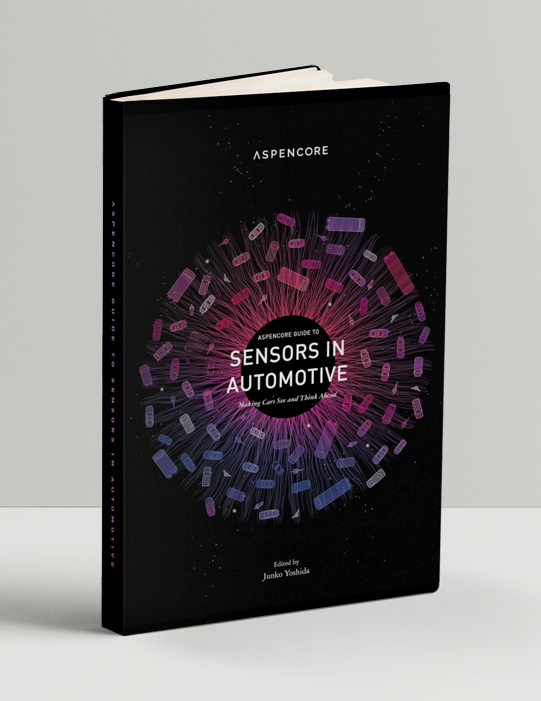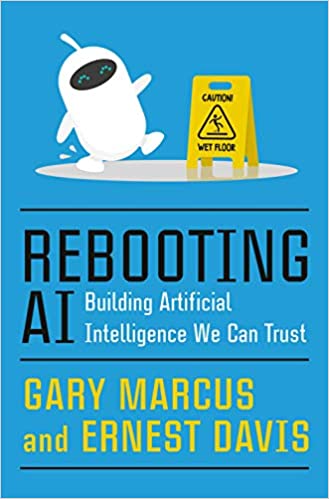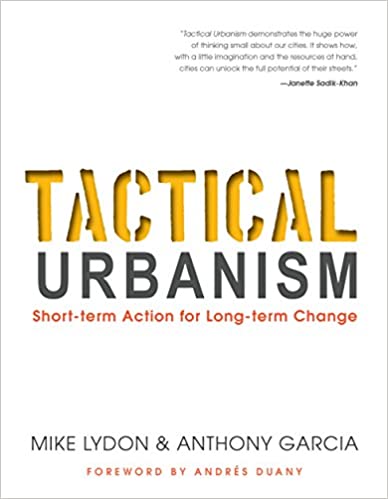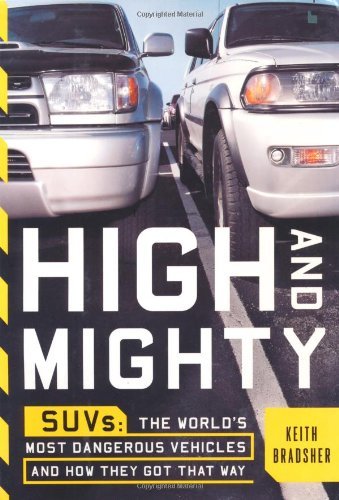If you’re interested in the world of mobility tech, EVs, self-driving cars, and have no idea where to start, let me point you in the right direction with some recommendations from the experts.
1. Sensors in Automotive
Earlier this year, we interviewed human-machine interaction PhD researcher, Liza Dixon. Her field of research specifically examines how drivers and automated vehicle systems can work together. Hopefully, the insights gained through her research will help lead to the design of safer autonomous vehicles. Even though I asked for one recommendation, Dixon went off brief and suggested two books: Sensors in Automotive and Rebooting AI. Sensors in Automotive takes a rather holistic look at how sensors, like LiDAR and cameras, are used in the automotive sector. Specifically, it looks at how sensing and decision-making tech can assist drivers and road users to make safer vehicles. It includes a forward by Euro NCAP’s secretary general, features tech papers from ARM, Intel, and Nvidia, and includes interviews with key market players. If you want a broad overview of a niche topic that affects pretty much every new form of mobility tech, Sensors in Automotive is a good place to start.
2. Rebooting AI
On to Dixon’s second recommendation: Rebooting AI: Building Artificial Intelligence We Can Trust. This piece of recommended reading is a little off-piste, but Dixon makes a valid argument for its inclusion here. Without artificial intelligence technologies and programming, autonomous vehicles would be in an even more distant future than they are already. Often, a lot of what we know about the potential of this tech is misguided or overhyped. “Rebooting AI takes a critical look at the current development approach to applications of AI which demand broad, robust intelligence and presents us with a better way forward,” Dixon told SHIFT. “[This book is] perfect for anyone interested in learning about AI and the next generation of technology.” So while this book isn’t specifically about mobility, many of the technologies it discusses are used in self-driving cars and are important to know about if you’re interested in the field.
3. Tactical Urbanism: Short-term Action for Long-term change
I also spoke to award-winning transport journalist, Carlton Reid. In his 30-year career, Reid has covered everything from public transport, to bicycles, to developments in infrastructure. As such, his recommendation focuses very much on how we can change our cities to improve how we get around them. Tactical Urbanism: Short-term Action for Long-term Change, is a call to arms for activists that want to augment their cities to improve the lives of their residents. During lockdown, we’ve seen bike lanes and low traffic neighborhoods spring up in Paris, New York, and London. Heavy-duty planters have been used to block off streets to cars, and allow pedestrian traffic through. This simple and often activist-led reorganization of our urban landscapes is tactical urbanism. As Reid tells me, this book is ever more pertinent to the times we live in.
4. High and Mighty: The Dangerous Rise of the SUV
If you’re into the EV space, you should certainly know the name Auke Hoekstra. He’s a Dutch researcher from the Eindhoven University of Technology, and has fondly been referred to as the “decarbonization debunker.” His detailed Twitter threads cast a critical eye over the developing world of electric vehicles, and regularly takes the challenge to anti-EV campaigners and climate change deniers. When I pressed Hoekstra for a recommendation, he suggested High and Mighty: The Dangerous Rise of the SUV. Its name is pretty self-explanatory, but for the sake of clarity, this book takes a look at the detrimental impact that big sports utility vehicles have had on our roads. Of course, SUVs do have their benefits and upsides, but there are also plenty of downsides that we need to be aware of. This book shines a light on those very characteristics. The future of mobility isn’t just about electrification, it’s also about efficiency of space and resources. “[The book] shows how marketing and politics led to a worldwide interest in unusually large, fuel inefficient, and dangerous cars,” Hoekstra says. Indeed, if we’re going to understand how the future of mobility and transportation might look, it’s important to understand where we may have gone a little wrong in the past. Hopefully, there’s something in this list that tickles your fancy, whatever the case it gives an insight into the types of books the experts are reading. SHIFT is brought to you by Polestar. It’s time to accelerate the shift to sustainable mobility. That is why Polestar combines electric driving with cutting-edge design and thrilling performance. Find out how.




